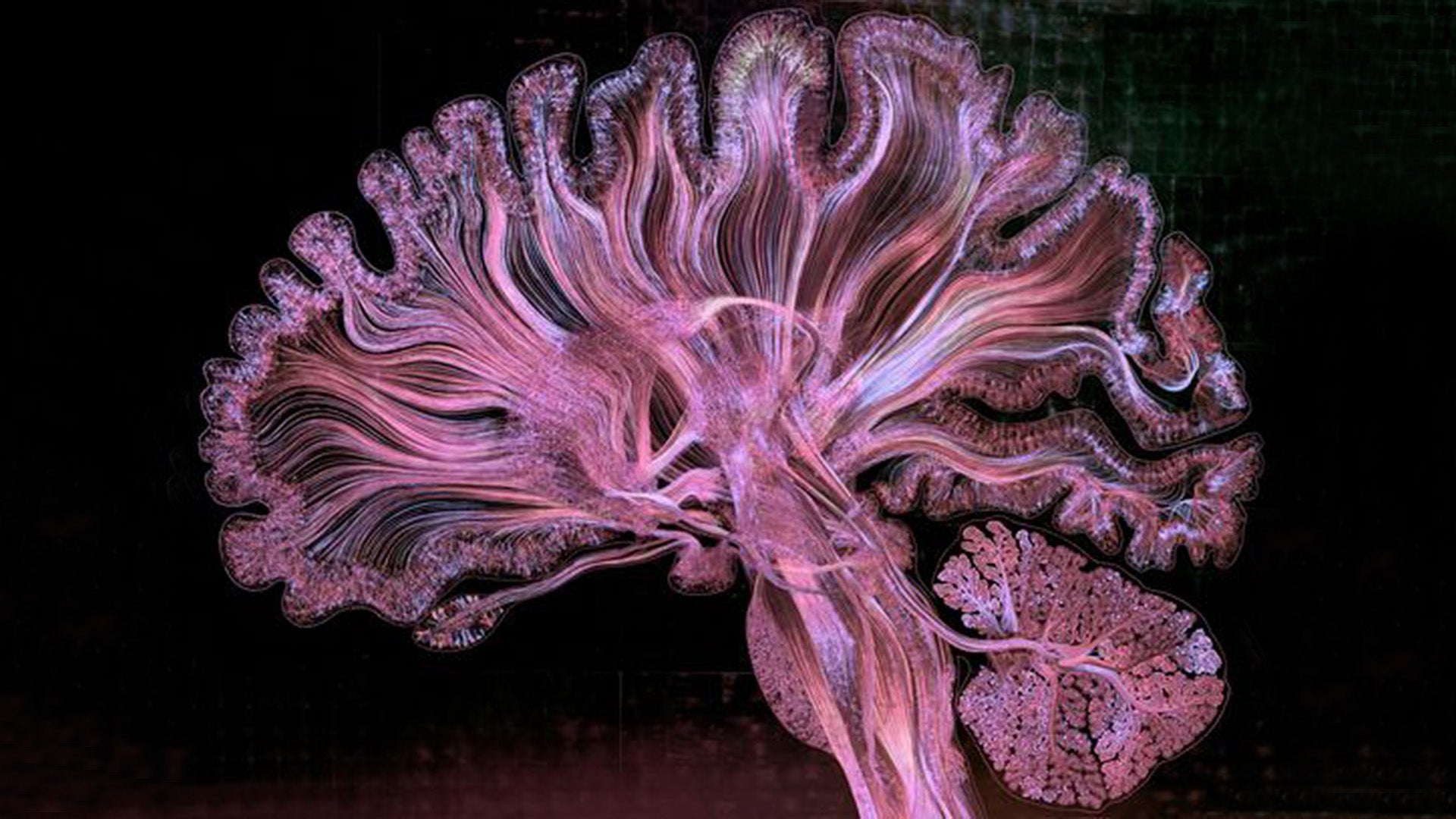Healing Emotional Wounds With Brainspotting

The more we learn about trauma and trauma release these days, the more we start to understand how deeply-rooted so many of our suppressed memories, emotions and experiences can be. Experiences that become too overwhelming can affect our nervous system and our stress responses, and can leave a physiological impact on our muscles, nervous systems, fascia and even our organs. Leaning into mindful movement, meditation, manual bodywork, reiki healing and hypnosis, subconscious reprogramming is a great place to start unlocking these memories, but for those who want to take things even deeper, brainspotting might be the treatment for you.
What is brainspotting?
Brainspotting is a powerful, focused treatment method that works by identifying, processing and releasing core neurophysiological sources of emotional/body pain and trauma. It’s a neurobiological tool that gives a supporting practitioner the opportunity to locate, focus, process, and release experiences and symptoms that are typically out of reach of the conscious mind and its cognitive and language capacity. The power here lies in the ability to reach the items that are ‘out of reach’ of the conscious mind. These are memories we have forgotten, suppressed, ignored, avoided, or disassociated from - including memories and experiences that happened when we were so young that we have no conscious recollection.
Brainspotting is particularly effective for trauma-based situations, helping to identify and heal underlying trauma that contributes to anxiety, depression and other behavioral and health conditions.
How does it work?
Brainspotting works with the deep brain and the body through its direct access to the autonomic and limbic systems within the body’s central nervous system. Brainspotting also works with the midbrain, a central hub controlling essential functions such as vision, hearing, sleep, and motor control. Many more recent studies have looked into the effects of trauma on the brain and body: particularly the role of the midbrain. When trauma strikes, this part of the brain often enters a protective state, freezing its resources in defense mode.
The goal of brainspotting is to bypass the conscious, neocortical thinking to access the deeper, subcortical emotional and body-based parts of the brain and work out what might be suppressed and stored below the surface.
What are the benefits?
Brainspotting has shown promise in alleviating symptoms associated with anxiety, attachment issues, substance use, post-traumatic stress disorder, chronic pain, and major depressive disorder too. In a small study, participants undergoing brainspotting therapy experienced noticeable reductions in PTSD, anxiety, and depression symptoms within a short period of time. Brainspotting has been associated with various positive outcomes, including reduced pain, lessening of the emotional intensity of distressing memories, decreased negative thought patterns, improved sleep quality, and increased energy levels too.
What does a brainspotting session look like?
Brainspotting therapy sessions involve a therapist guiding you while allowing for self-direction. How the session goes depends on each unique individual. A brainspotting session typically looks like this:
- It begins with relaxation techniques, such as deep breathing and potentially listening to bilateral sound through headphones.
- Once in a mindful state, you will be prompted to calmly body scan and identify the area in your body that feels most distressed and rate its intensity on a scale from one to ten.
- With the therapist's assistance, you will then locate your "brain spot," the point where your eyes naturally focus when experiencing the strongest physical discomfort.
- Using a pointer rod or the therapist's finger, you will be guided to maintain focus on this specific spot, which signifies the area where you feel "stuck" and wish to address.
- The therapist may adopt either the "Outside Window" or "Inside Window" approach.
- In the "Outside Window" approach, the therapist observes your gaze and recommends a point for focus.
- In the "Inside Window" approach, you play an active role in identifying the spot for processing.
- As you concentrate on the chosen area, both you and the therapist will explore and delve into the emotions and sensations that arise from this spot.
- Afterward, you will be given time to reflect on the entire experience and consider its broader implications.
Is Brainspotting the same as EMDR?
Not quite. Brainspotting and Eye Movement Desensitization and Reprocessing (EMDR) are both therapeutic approaches used for the treatment of trauma-related conditions, but they have some distinct differences.
Firstly, brainspotting focuses on identifying and processing neurophysiological sources of distress by locating specific "brainspots" in the individual's visual field. Unlike EMDR, it does not involve eye movements but rather directs attention to a fixed gaze or focal point.
In brainspotting, the therapeutic relationship and the clinician's presence and attunement are also particularly important and this relationship is a little more important (with the clinician needing to be attuned to the individual), while EMDR follows a more structured protocol.
EMDR uses bilateral stimulation to process traumatic memories and integrate new information in their place, while brainspotting targets deep brain regions without requiring the reliving of the trauma or the traumatic memories specifically.
Both approaches offer unique pathways for healing trauma, and the choice between them depends on individual preferences and therapeutic goals, as well as what is accessible to you wherever you are based (as both are in-person treatments).
So, brainspotting is really emerging as an exciting advancement in trauma healing, offering a potentially new way of addressing deep-seated pain and accessing repressed emotions, experiences and memories. It holds huge potential as an effective therapeutic method to 'take people deeper' into the areas that they maybe can't access in their day-to-day healing practices. It taps into the natural healing capacity of the brain and we're so excited for how it may help more people find peace, healing, resilience and renewed well-being on their health journeys.
***THESE STATEMENTS HAVE NOT BEEN APPROVED OR REGULATED BY THE FDA. WE ARE NOT DOCTORS, THEREFORE ALWAYS CONSULT WITH YOUR DOCTOR FIRST***





